13 Steps To Safely Introduce A Horse To The Herd
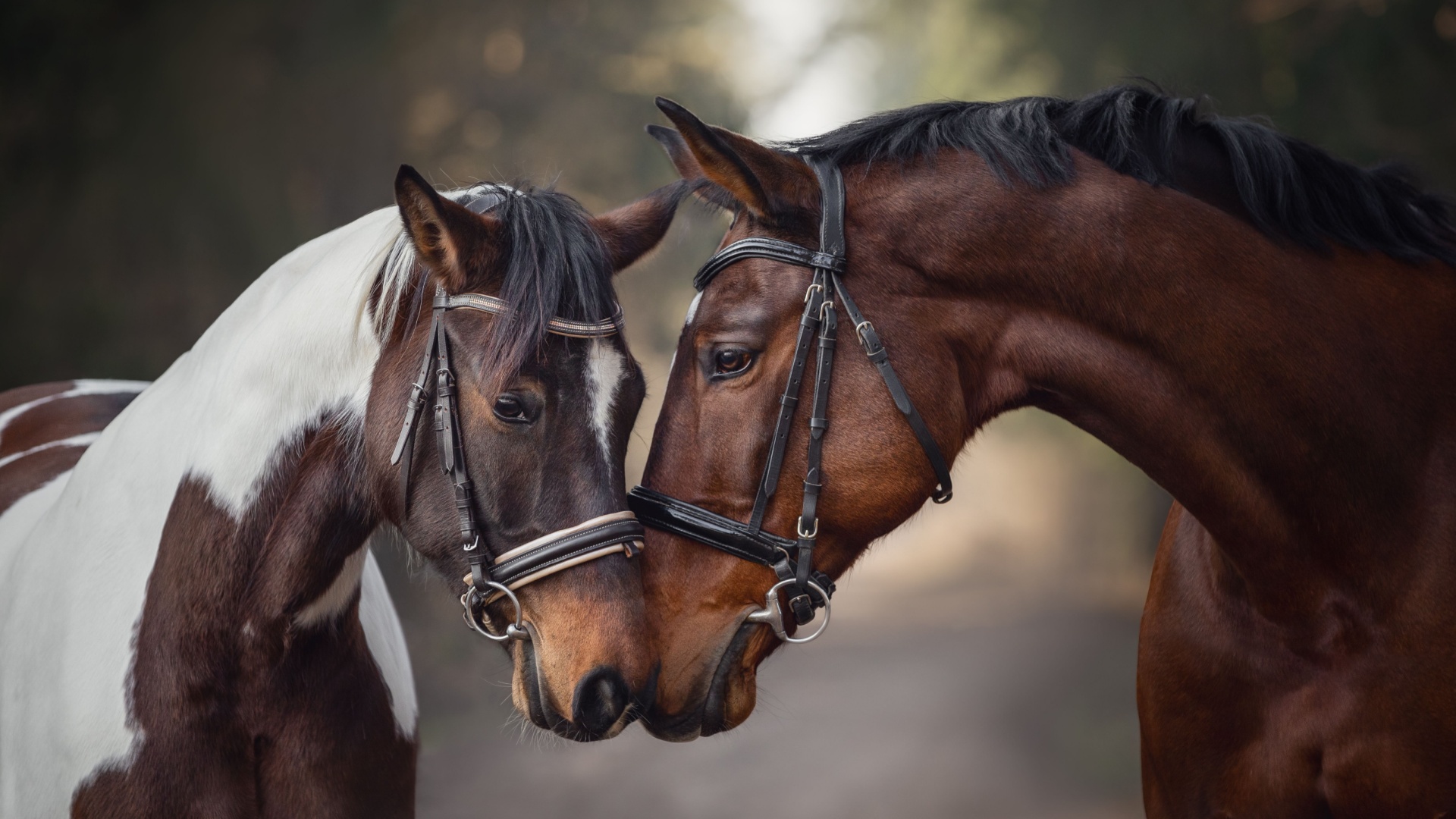
Welcoming a new horse to the herd can feel like introducing a new sibling to the family. It’s an art that requires patience, understanding, and a pinch of horse sense.
With the right steps, you can ensure a smooth transition for your equine friend as they find their place in the social structure of the herd.
From initial isolation to the final integration, each step is crucial for the safety and well-being of all involved.
1. Initial Isolation
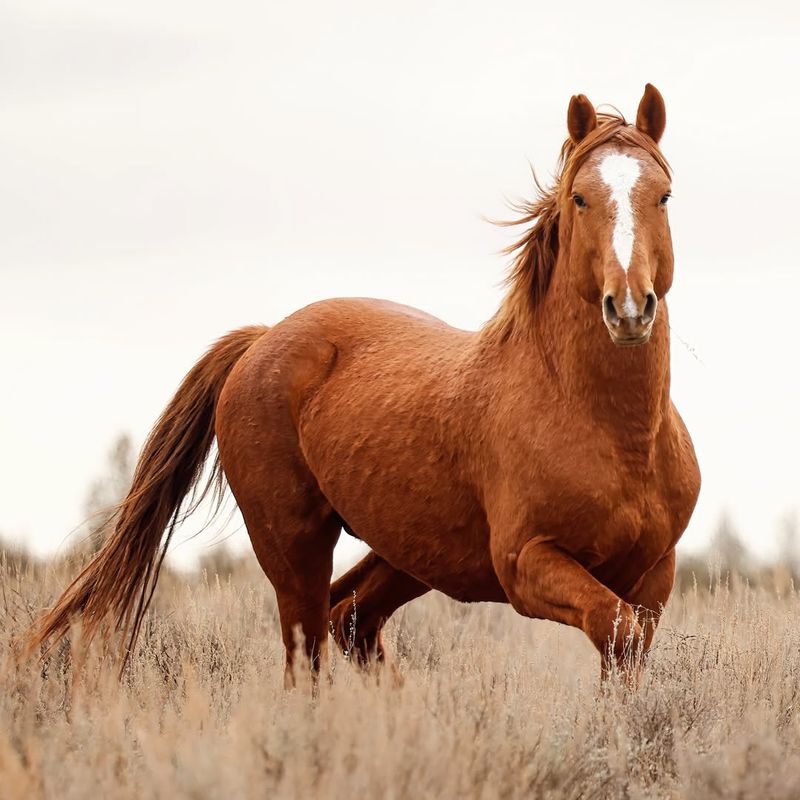
Every great story has a beginning, and so does introducing a horse to the herd. Start by keeping your new horse in a separate paddock where they can see their future companions but not touch them. This step is about giving each horse the chance to safely assess each other from afar.
It’s like the horsey version of online dating, where profiles are checked out at a distance before the first date. This initial isolation helps prevent the spread of diseases and gives the newcomer time to adjust to their new environment.
Ensure the paddock is secure and allows for plenty of space to move around. By observing from a distance, the new horse and the existing herd can start to form an understanding, laying the groundwork for future interactions. It’s all about setting the scene for a successful meet-cute.
2. Health Check
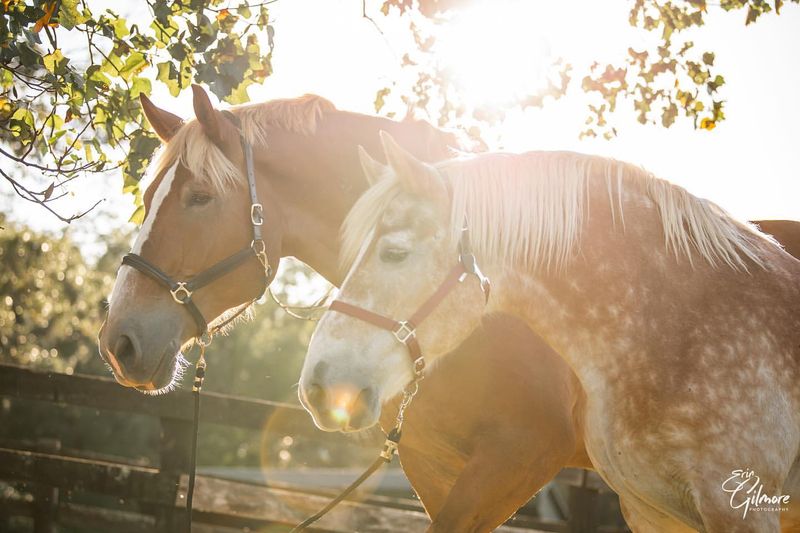
Before any introduction, ensuring your new equine friend is healthy is paramount. Imagine inviting someone over for dinner without checking if they’re contagious; it’s a recipe for potential disaster. Schedule a thorough veterinary health check, covering vaccinations, deworming, and general health assessments.
This step not only protects your existing herd but also ensures that the newcomer is in peak condition to handle the social dynamics of the herd. Getting a clean bill of health is like receiving an all-access pass to the herd’s social club.
Once cleared, your horse is ready to move forward with confidence, knowing they’re not bringing any unwanted ‘guests’ to the party.
3. Scent Familiarization
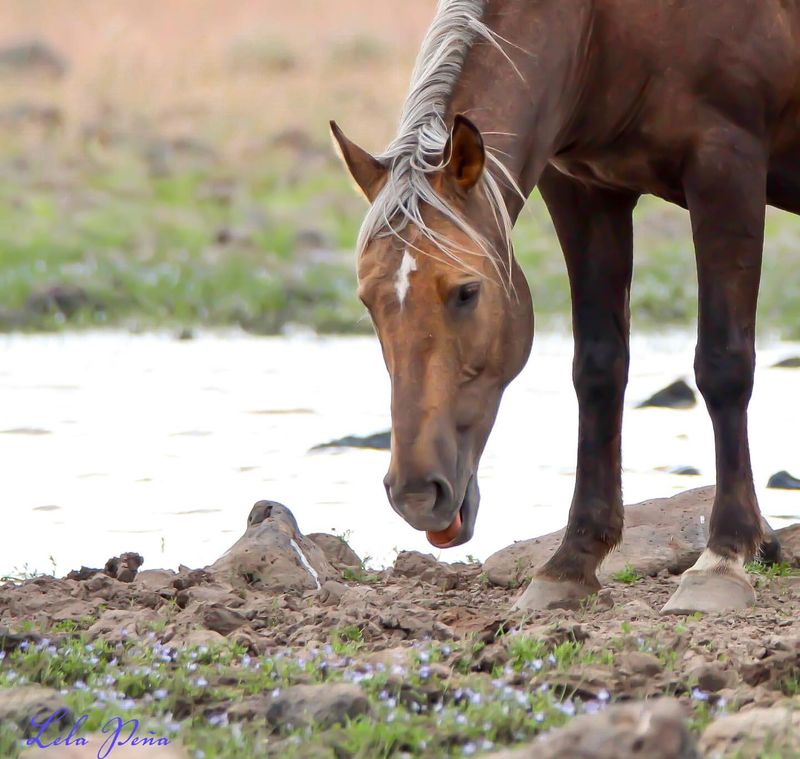
Horses are creatures of scent, much like us when walking past a bakery. Before any nose-to-nose meetings, introduce the herd to the new horse’s scent.
Use blankets or grooming tools from your new horse and share them with the existing herd, and vice versa. This exchange is like swapping business cards at a networking event, allowing the horses to get a sniff of what’s to come.
By familiarizing themselves with each other’s scent, you pave the way for less anxiety-ridden introductions. It’s a step that helps in reducing the initial shock of meeting a new face (or rather, snout) on the block.
4. Visual Introduction
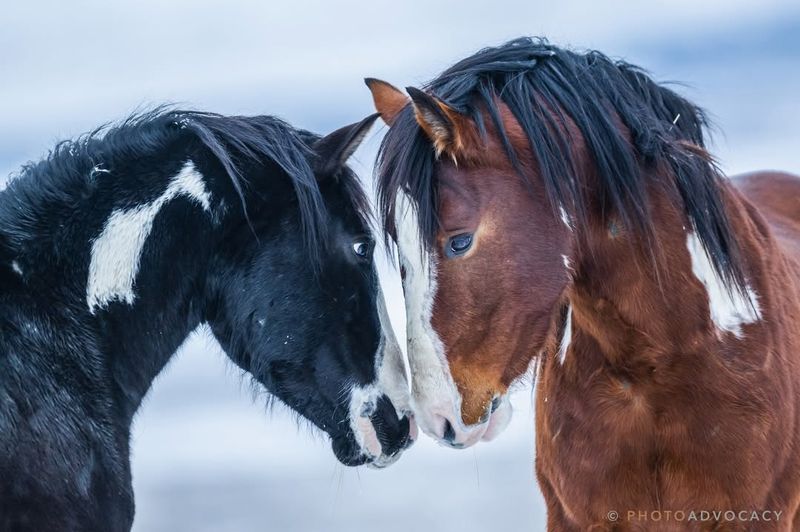
Seeing is believing, as they say. Let the new horse and the herd see each other without the risk of direct contact. A sturdy fence works wonders for this scenario.
Position the new horse’s paddock next to the herd’s, allowing them to observe each other’s mannerisms and behavior. This step acts like the trailer of an anticipated movie – it builds curiosity and sets expectations.
Through visual introductions, horses can communicate through body language, establishing initial impressions and hierarchies. It’s a safe way to ease them into the idea of sharing space, without any theatrical drama.
5. Controlled Contact
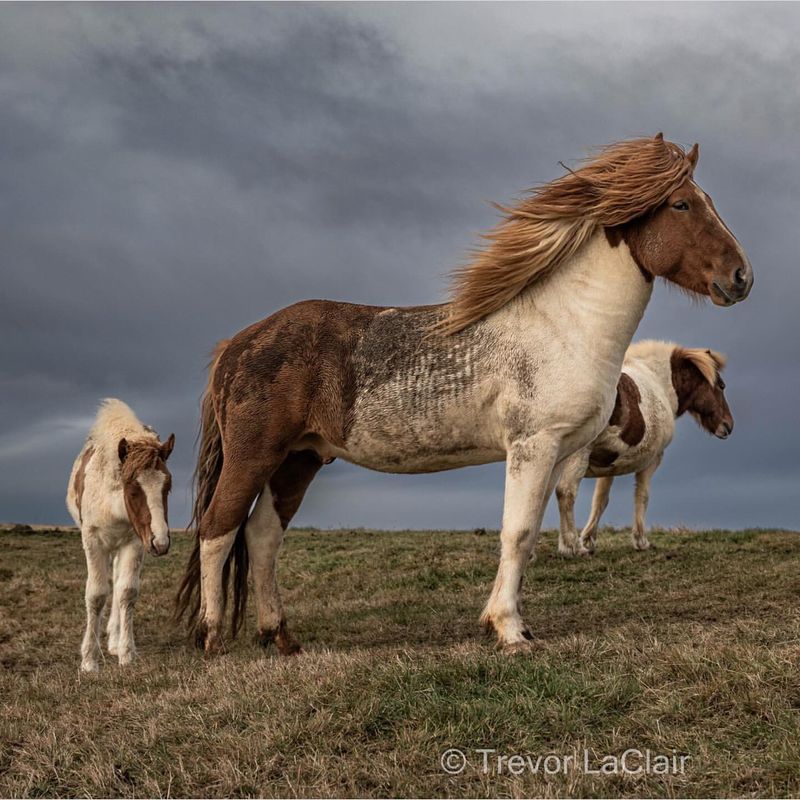
Time for some supervised, controlled mingling. Allow the horses to engage in brief, controlled contact sessions under your watchful eye. Think of it as speed dating for equines.
During these sessions, continue to keep a barrier, such as a fence or gate, between them to prevent any scuffles or misunderstandings. Watch for positive signs, like mutual sniffing and relaxed postures, as these indicate a budding friendship.
This phase is crucial in building familiarity and trust among the herd members. It’s all about being patient and letting nature take its course, one cautious step at a time.
6. Gradual Space Sharing
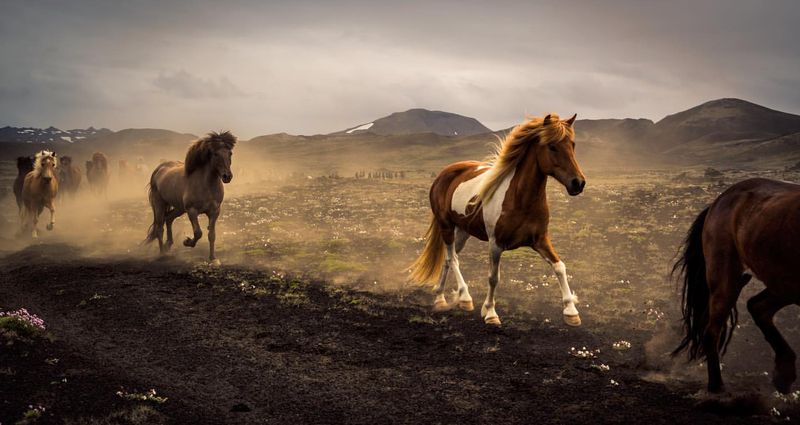
Once the initial tension has melted away, it’s time to turn the spotlight on shared experiences. Gradual space sharing in a spacious field allows the horses to interact more freely.
Begin with short sessions and gradually increase the time they spend together. It’s akin to moving from casual coffee meetups to full-blown brunches. Monitor their behavior closely during these interactions.
Look for signs of comfort and acceptance, as these indicate that the rapport is growing stronger. This step marks the beginning of true companionship between the new horse and the herd.
7. Observe Social Dynamics
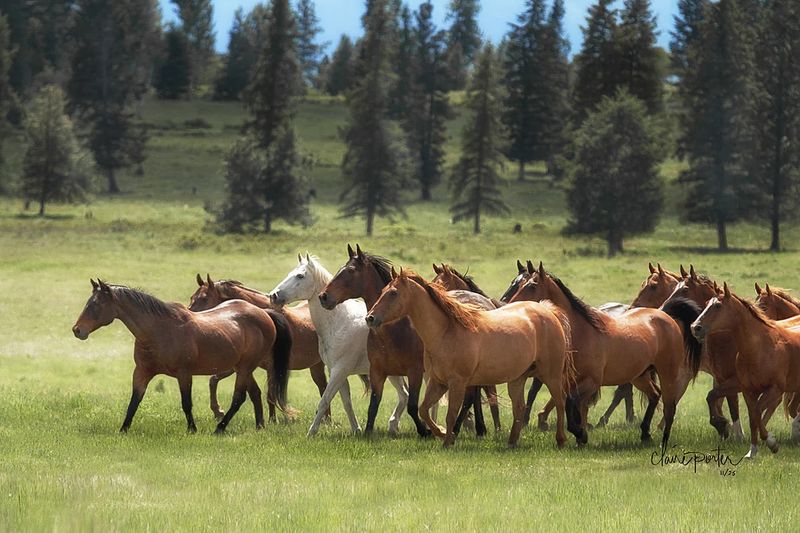
Horses, like humans, have their own social structures. It’s essential to observe how the new horse fits into the herd’s hierarchy.
Watch for signs of acceptance or conflict, as this will guide your next steps. This period is like the first few episodes of a reality show where alliances form and social bonds are tested. Understanding the dynamics helps you anticipate any issues that may arise and intervene if necessary.
With patience and vigilance, you can ensure a harmonious integration into the herd’s social tapestry.
8. Addressing Conflicts
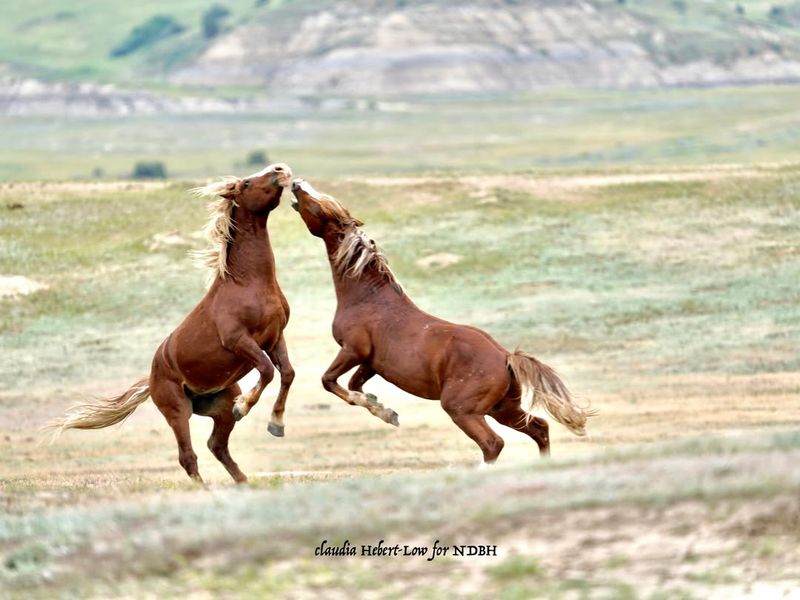
Even in the best fairy tales, there are occasional hiccups. Conflicts might arise as the new horse finds their footing. It’s important to address these squabbles calmly and efficiently.
Intervene only when necessary, as minor disagreements are part of establishing the pecking order. However, if things escalate, be prepared to separate the involved parties and consult a professional if needed.
Think of yourself as the referee in a sports match, ensuring fair play and safety for all. With time, these tensions usually subside as everyone finds their place in the herd.
9. Reinforce Positive Interactions
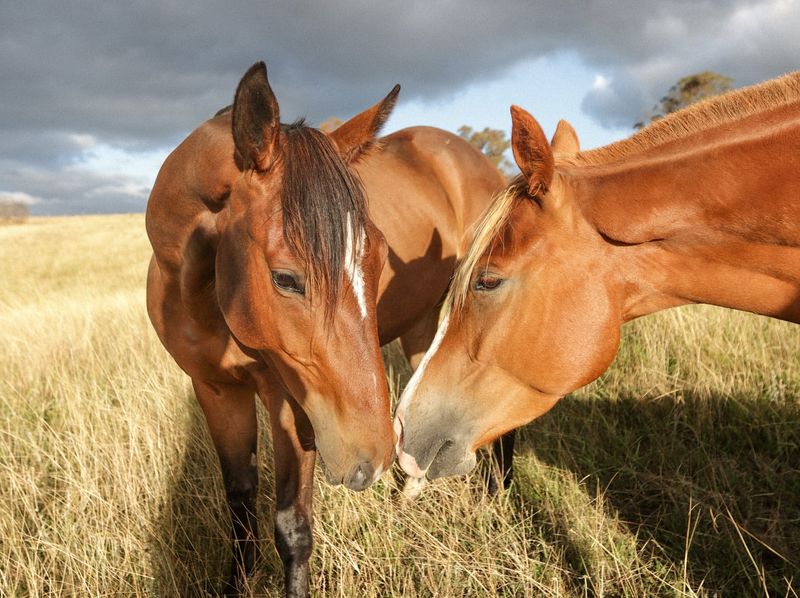
Who doesn’t appreciate a bit of positive reinforcement? Rewarding horses for calm and positive interactions encourages more of the same behavior.
Treats, gentle strokes, and verbal praises work wonders in reinforcing good conduct. It’s like giving out gold stars for excellent horse etiquette. This positive reinforcement builds confidence in the new horse, helping them feel more secure in their new social setting.
Over time, these affirmations encourage a cohesive and friendly herd environment.
10. Monitor Integration Progress
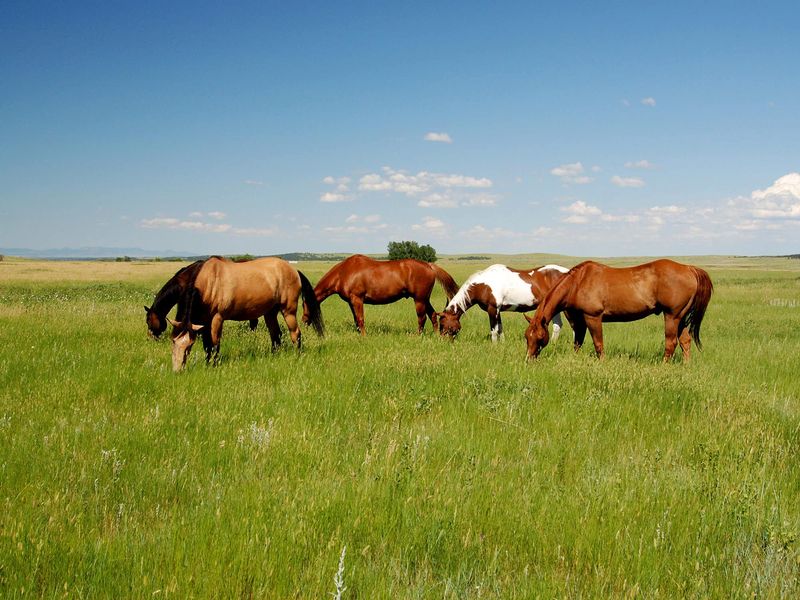
Patience and persistence pave the way to a seamless integration. Keep a close eye on the herd’s progress as the newcomer settles in.
Document any changes in behavior, noting both positive and negative interactions. It’s akin to maintaining a journal of their social journey. Monitoring allows you to stay ahead of potential issues and celebrate milestones.
With continued observation, you can ensure that the integration process remains on track, leading to a happy, united herd.
11. Establish Routine
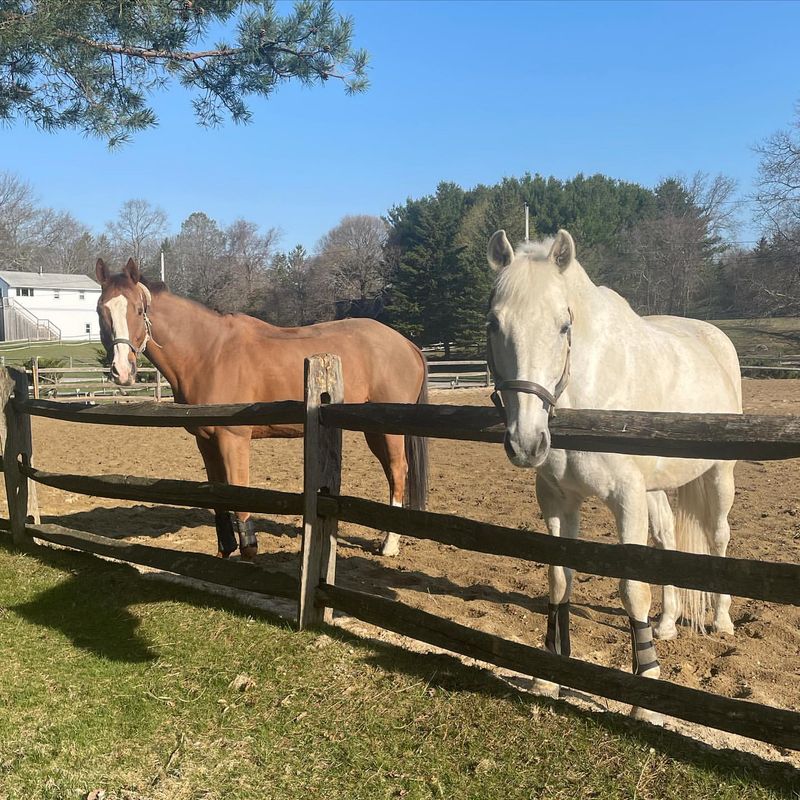
Routine brings comfort, and for horses, it’s no different. Establishing a consistent daily routine helps the new horse adjust to their new home.
Feed and exercise the horses at regular intervals, creating a sense of normalcy. This predictability is like a soothing lullaby that assures the new horse they belong.
A well-structured routine reduces stress and reinforces the herd’s unity. Over time, it builds a rhythm that all members, old and new, can comfortably march to.
12. Allow Time to Adjust
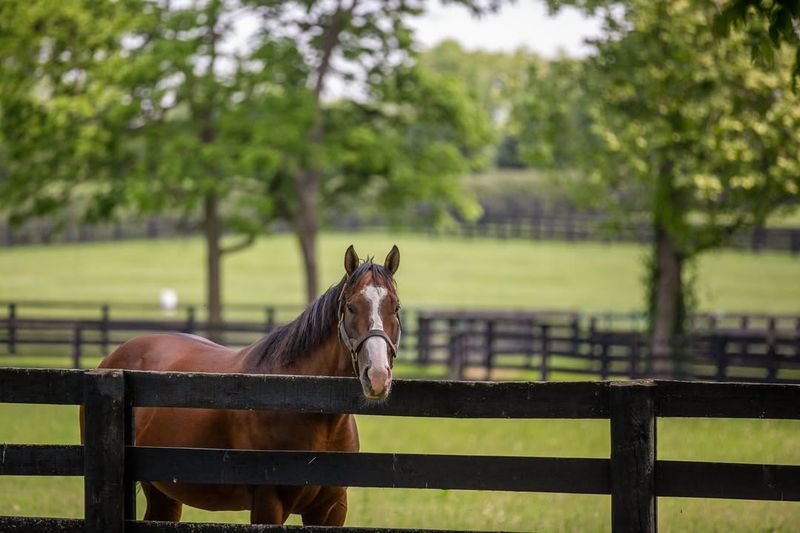
Rome wasn’t built in a day, and neither is the perfect herd. Allow time for the new horse to fully adjust to their surroundings and companions.
Respect their pace; some horses may take longer to feel truly at ease. This period of adjustment is like the final touches on a masterpiece painting.
With patience and understanding, you’ll see the fruits of your efforts as the herd harmonizes and your new member finds their niche.
13. Celebrate Success
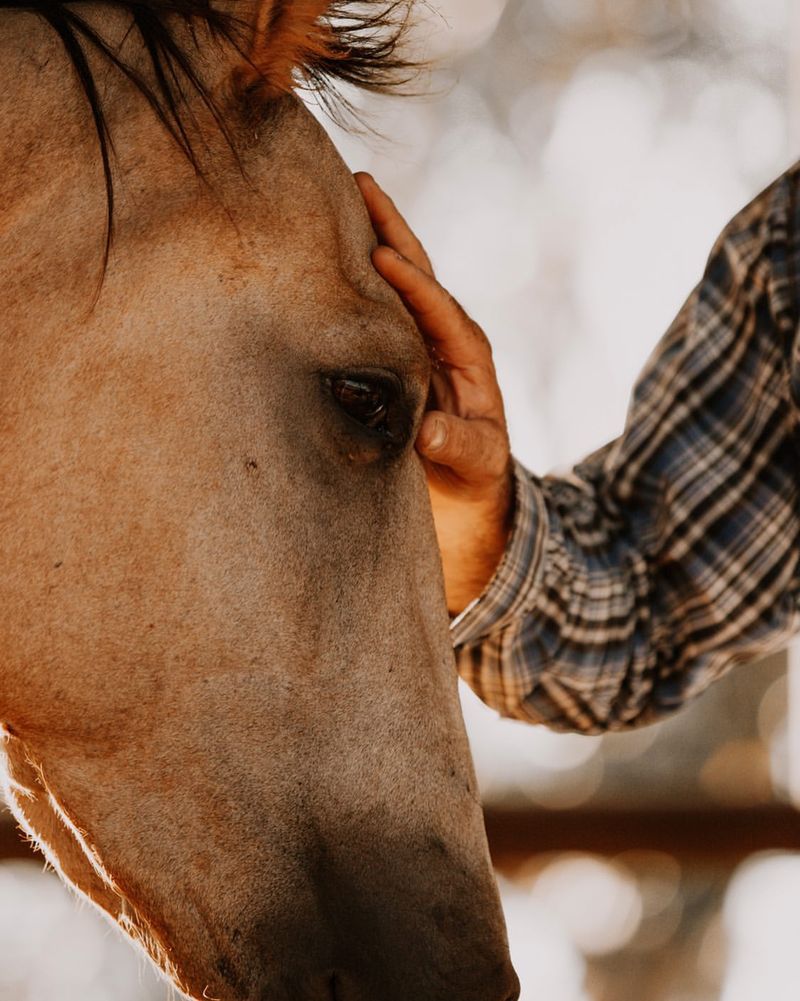
Congratulations, you’ve reached the finish line! Celebrate the successful integration of your new horse into the herd.
Witnessing the herd graze and gallop together is a testament to your diligence and care. It’s like the grand finale of a symphony where every note harmonizes perfectly. This celebration marks a new chapter of camaraderie and companionship.
With every successful introduction, you not only expand your herd but also enrich the lives of each member within it.
